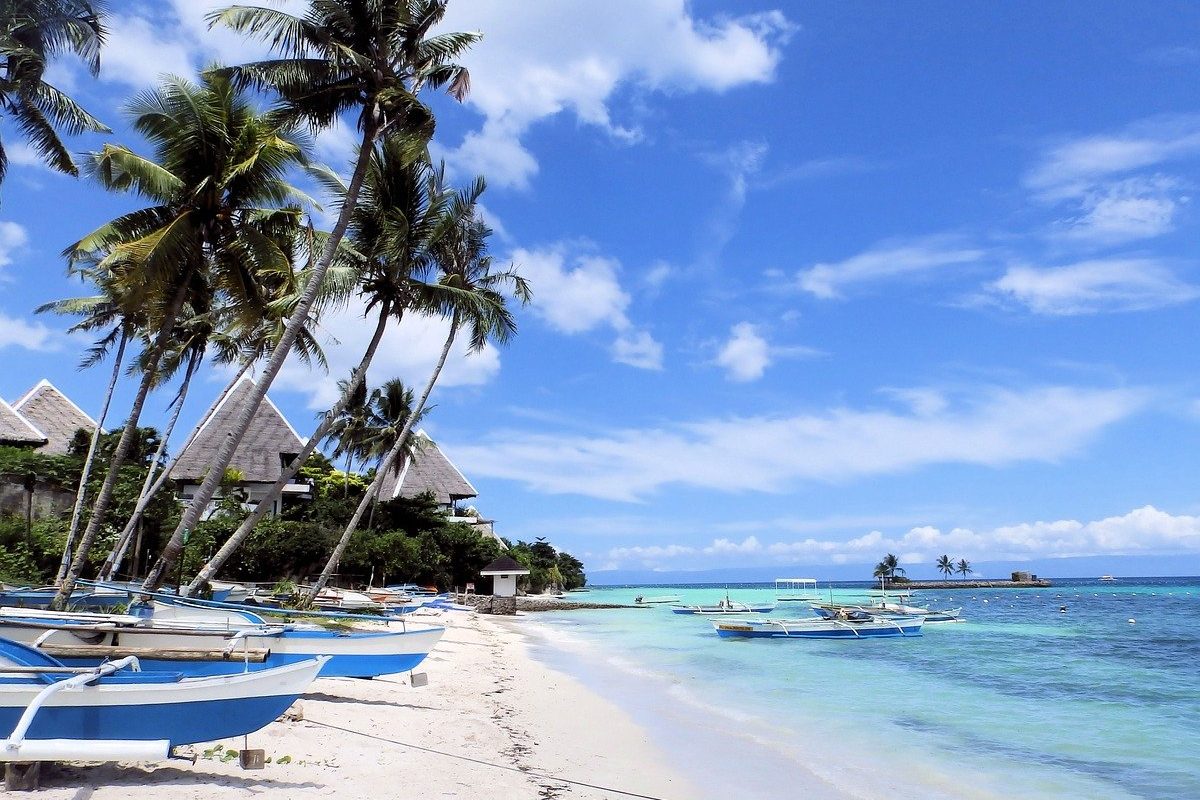Skift Take
As Manila moves to regain lost precious tourism dollars, industry veterans in the Philippines doubt recovery will be swift. Patience will be required.
The Philippines is now open for tourism.
This archipelago of more than 7,600 islands in Southeast Asia, famous for its pristine white beaches and colorful festivals, will start accepting fully vaccinated international visitors not required to have a visa from February 10. They also no longer have to quarantine in hotels upon arrival, said a government spokesman on Friday, as long as they produce a negative result from an RT-PCR test taken within 48 hours prior to their departure for the Philippines.
There are doubts, however, how fast the country can recover considering some key tourism markets continue to implement quarantine protocols for its returning nationals, and several international carriers have dropped Manila as a route or reduced flights to the capital.
A Welcome Move, But…
“The reopening of the Philippines to vaccinated foreign travelers from visa-free countries is definitely a welcome decision. It is the restart of reactivating tourism into the country,” said Peggy Angeles, executive vice president of SM Hotels and Conventions Corp., which is a local partner of international hotel chains such as Hilton and the Radisson Hotel Group.
“But it will take time for the hotels to generate demand from the tourists. There is the part of airlines that need to reactivate routes that have been canceled, or increase frequencies for those which have been reduced.”
For instance, carriers are currently prohibited to fly their scheduled passenger services between Hong Kong and the Philippines as the latter’s active Covid-19 case number soared to 280,813 on January 28. Flag carrier Philippine Airlines flies direct routes from some key cities in the United States, London, and nearby Asian countries but at reduced frequencies. Flights from Heathrow depart only once a week now instead of four times week prior to the pandemic. Other international carriers, like Delta Air Lines, dropped Manila as a route, and now serves it via a partnership with Korean Airlines from Seoul.
She also noted the issue of travelers from some traditional markets –– such as Hong Kong, Japan and Singapore –– needing to quarantine upon their return home.
“So they will think twice before traveling not only to the Philippines, but also to other countries,” Angeles said.
Clearer Government Regulations
Meanwhile, Angeles, a veteran in the Asian hospitality circuit, sees a temporary drop in occupancy levels as returning Filipinos and overseas contract workers no longer have to quarantine. Quarantining returning Filipinos provided most of the revenue of hotels in Metro Manila, which comprises 16 cities including the capital, and Cebu, an island region in the Central Philippines.
Still, the reopening of the Philippines to foreign travelers is a step in the right direction after two years of confusing government policies, which changed almost weekly especially when it came to quarantine protocols.
Manila, for instance, has suspended the color classification of countries — green, yellow, red list countries — based on Covid-19 risks, patterned after the U.S. Centers for Disease Control scheme, and now categorizes arrivals based on their vaccination status.
“No unvaccinated foreign nationals will be allowed to enter the country starting February 16,” Secretary to the Cabinet Karlo Alexei Nograles said in a televised news briefing. Prior to Friday’s announcement, the Philippines had imposed facility-based quarantine restrictions ranging from five to 14 days, depending on where passengers came from and their vaccination status.
Issuing vaccines to the country’s citizens was delayed due to global distribution issues but increased by the latter half of 2021, and as of January 26, 58 million Filipinos –– roughly 53 percent of the population –– were fully vaccinated. In particular, the Department of Tourism sponsored the jabs of tourism workers in key leisure destinations.
“Close to 100 percent of our tourism workers (in Metro Manila) have been fully vaccinated,” Tourism Secretary Bernadette Romulo Puyat said, adding that almost 55 percent of them have received their boosters. The DOT is also providing boosters to tourism workers in other popular tourism destinations such as Cebu, Bohol, Boracay Island, and El Nido.
She assured foreign travelers of their health and safety in the Philippines, which received a Safe Travels Stamp from the World Travel and Tourism Council in 2020. “I have to fight for the reopening (of our borders) because our tourism industry is struggling. There are many without work or are working just part time,” Puyat said.
“The good thing is our tourism workers are already vaccinated, so they are ready to accept foreign tourists.”
The Daily Newsletter
Our daily coverage of the global travel industry. Written by editors and analysts from across Skift’s brands.
Have a confidential tip for Skift? Get in touch
Tags: asia, philippines, reopening, reopening travel
Photo credit: One of the Philippines' many beaches WaSZI / Pixabay
